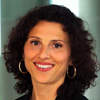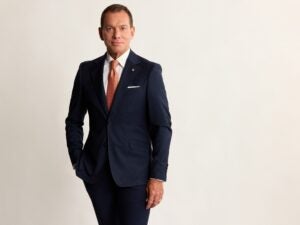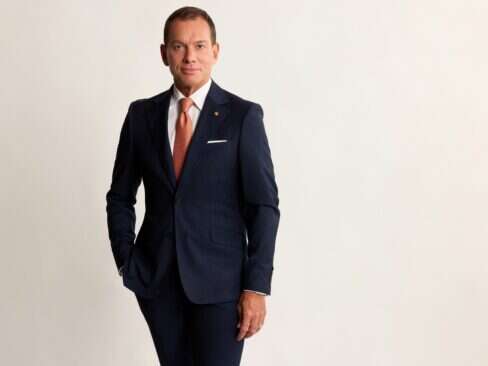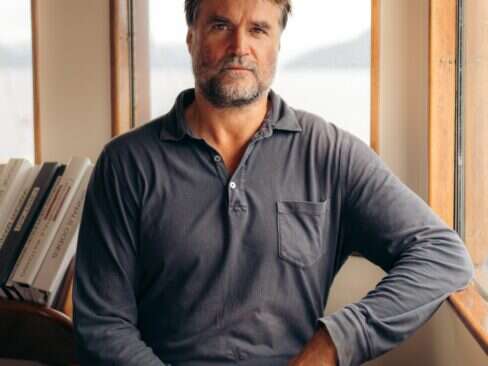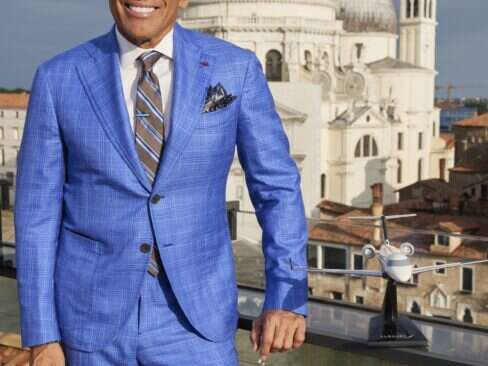
Global Brand LeaderW Hotels Worldwide and Le Meridien
Eva Ziegler has been Global Brand Leader of Starwood Hotels & Resorts’ Le Meridien group for three years, and in February she doubled her workload—or more—when she added the same leading role over the W Hotels Worldwide division. Vienna-born Ziegler’s latest goal: to launch the W brand outside of North America (it will triple its footprint by 2011), while continuing to re-launch Le Meridien inside the continent. Before joining Starwood, Ziegler worked for Toyota, Coca-Cola and Saatchi & Saatchi. Elite Traveler caught up with her during fashion week in New York, in W Hotel’s pop-up lounge within the Bryant Park tents. Before taking in a few shows herself, she discussed the mindset of today’s “contemporary” travelers, the challenge of keeping her two hotel brands distinct from one another, and making each guest’s visit so much more than a hotel room stay.
ET: What was the biggest appeal for you to add W Hotels to your duties with Le Meridien?
Eva Ziegler: I see it as an expansion of the job. And it’s a pretty logical expansion because both are contemporary hotel brands with a strong point of view in design. One is European, and the other is born in New York, but there is a commonality behind them. We are taking W international, and since I worked for Fortune 500 companies I know a global brand framework and how to adapt it to local needs. I’m ready to take W into this new era.
ET: How will you balance both tasks—taking W abroad and bringing Le Meridien into North America?
Eva Ziegler: Starwood bought Le Meridien in 2005, and I joined in 2006. The brand needed to be re-defined, from scratch. We had to take it from being a good hotel brand into more of a lifestyle direction. The initial, main task was to consolidate Le Meridien’s portfolio, and now it is down to 110 hotels. So we had a strong “cleaning” phase to get there. At the same time, we now have 60 renovations planned. So we are upgrading and also rebranding. And those hotels that didn’t fit, we decided to exit them. Starwood is committed to the transformation into a lifestyle proposal. And we’ve already seen double digit performance growth since Starwood took over. The company’s web site, global sales force, Starwood Preferred Guest program—all of these centralized services boosted performance for Le Meridien more than any other Starwood brand. And the company is more efficient than ever before. This is a solid base to build a brand on. If we didn’t have that operational base, we would always struggle. So now we are transforming the Le Meridien guest experience to focus on three areas—arrival, in-room and cuisine. The reason is based on research. During the first ten minutes of a guest’s arrival, the hotel is able to make a positive and memorable experience that carries through the rest of their stay. So we have four different arrival elements. First, the door is now a “transitional portal” into the new world of Le Meridien. Guests aren’t just walking through a door, but leaving their routine. We worked with artists to create video and audio, so senses of sound and light have a more subliminal impact. At check-in, the key card is no longer a piece of plastic, but we work with artists to make it a collectible object dedicated to art, and it opens their hotel room as well as a cultural center in the destination. Within elevators, elements are introduced to transform a mundane ride into a sound experience, featuring artists’ soundtracks of lost sounds—such as a forest, running horses, a market or water. Four soundtrack themes rotate through the day. Why? It all goes back to the positioning we gave the Le Meridien brand. Its core values are to provide a chic culture discovery. That means that in an original, contemporary way we provide culture by way of art and cuisine, with a new perspective.
The Le Meridien audience is composed of aspirational, creative minds, who are curious and eager to learn something new in life. They are well-informed, modern people who look for the authentic, the engaging and the credible. So we have a Cultural Curator for the brand to identify the right artists and cultural partnerships for Le Meridien. Our first is Jerome Sans, of the Palais de Tokyo in Paris. We wanted a European with international renown, who also has the attitude of a person who re-invents. The Palais de Tokyo itself transformed from a contemporary art center into a lifestyle, interdisciplinary place with restaurants and long hours.
Le Meridien is a brand that was new to Starwood, but it has a 35-year history. It was founded in France, and very innovative at the beginning. The Etoile location was a revolution because among all of Europe’s small hotels, here was a 1,000-room hotel that made a 1970s architectural statement. Everyone was talking about it. During its launch, Air France’s Concorde debuted. Then Air France sold the Le Meridien brand, and another six owners held it over the following years. It became a distressed brand with huge potential and enormous cachet, and the name itself resonates in an extremely positive manner. So when we are talking about U.S. growth, the Air France beginnings explain how the Le Meridien hotels grew. They followed the flights, so were mainly located in Europe, Africa and Asia, and in North America the distribution was very low. But that made it the perfect complement for Starwood, which was aiming to become a truly international company, and Le Meridien’s European customer base was a good complement to Starwood’s American-centric hotel brands. The third plus was that it was a brand with the potential to grow.
ET: How do you separate the typical W guest from that Le Meridien guest?
Eva Ziegler: They have a very different mind set. W is really about the person who is interested in the trendiest, hippest, newest out there, and is into the see-and-be-seen type of thing. The W guest is a flashier person, while the Le Meridien guest is more intellectual. One is the trendsetter, and the other is the creative person inspired by creativity around them. So in execution, W is represented by stronger colors, and dynamic hustle and bustle, to bring to life the values of New York City, celebrities and the like. Le Meridien is of Paris, so it is chic but more understated, quiet, and in its color approach it is much more held-back—it uses black, white, gray and only one accent color. W on the other hand is represented by purple in this lounge, and the Times Square location has yellows, blues and other vibrant hues. Show business, fashion, entertainment are passions of the W guest. And because W has a high level of design sensibility, fashion is the ultimate of ever-changing design. So newness is part of the equation. Our association with Fashion Week is expanding internationally, and we’re merging fashion design with hotel design. I want to engage a Fashion Director for the W brand in order to be authentic. Like how retailers have fashion directors for their whole shop.
W is the coolest place in town, and it has to be the destination within its destination. So music plays a key part, and we’re launching partnerships with Red Wire, Sony BMG, and we have an exclusive performance series (Augustana and Natasha Bedingfield are among musicians who have performed at W locations so far). We also need to activate passion points through our events. So we have W Happenings that bring alive partnerships in the worlds of fashion and entertainment. Also key is the bar scene. So at W the term is B&F instead of F&B (food and beverage).
W is in a completely different brand era than Le Meridien, because it is the leader. W launched from scratch in 1998, and grew from there in a very controlled way. Now, there are 26 locations, with six outside the U.S. It proved itself in the US after 10 years, and now it is jumping into the global brand arena. W has a super strong core, where Le Meridien is going from distressed to transforming, cleaning, and now slowly taking off.
ET: There is a lot on your plate!
Eva Ziegler: I have a dream job now. I joined Starwood three years ago to transform Le Meridien from a functional business to a lifestyle business. Being a part of a company that aims to transform an entire business is unique. Then, taking a European jewel and relaunching it, while living in my dream city of New York, it was a home run. I learned a lot. I felt I was really growing, with lots of different cultures and people, and taking a brand and redefining it around the globe. It has been super interesting and it still is. Now, having W, it’s not an addition, but rather W is getting a lot of my attention because it means learning a new brand for me. So I’m traveling to see the whole portfolio, talking to property owners and developers, so my framework going forward is grounded in reality. It needs that focus to give it momentum.
So both brands are contemporary, but the two are very different brands. My job is also to ensure the territories don’t come too close to each other. To be in charge of all that, and make a difference, is very inspiring.





